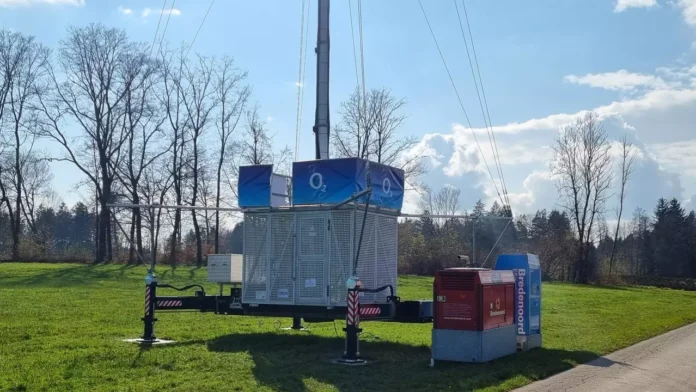Telefonica activated nearly 1,000 new 5G sites nationwide during the first quarter of the year
German carrier Telefonica Deutschland is on track to reach 90% of the population with its 5G service by the end of this year, the telco said in its earnings statement.
The European carrier activated nearly 1,000 new 5G sites nationwide during the first quarter of the year. With this expansion, the company said it ended March with a 5G population coverage of nearly 82%, adding that it aims to reach full nationwide coverage with its 5G network infrastructure by the end of 2025.
Telefonica Deutschland said it has been focusing on 5G network densification in both urban and rural areas of Germany.
In the first quarter of this year, 200 5G sites operating on the 3.6 Ghz frequency were deployed in Berlin, Hamburg, Bremen, Essen, Munich and Magdeburg, among other cities.
Telefónica Deutschland also said it already offers 5G on the 700 MHz frequency band at around 600 locations across Germany.
Telefónica said that while it is ready to deploy a nationwide 5G Standalone (SA) network, it will only fully activate the infrastructure once 5G SA offers real added value for customers, and when enough devices in the market support 5G SA.
The telco posted revenues of EUR 2.1 billion ($2.29 million) in Q1, up 8% year-on-year, reflecting sustained mobile service revenue momentum and another record quarter for handset sales.
Mobile service revenues grew 4.2% year-on-year to EUR 1.40 billion, while total profit for the period amounted to EUR 30 million.
Rival operator Deutsche Telekom recently said its 5G network already reaches 95% of the country’s population. The telco expects that its 5G technology could reach 99% of the Germany population by 2025. Deutsche Telekom also highlighted that more than 80,000 antennas are currently transmitting 5G, of which around 8,200 antennas are already providing the technology via the 3.6 GHz band.
In June last year, Deutsche Telekom announced it was, for the first time, using spectrum in the 700 MHz range to provide 5G service. The European operator said that the use of the 700 MHz band improve mobile communications coverage in rural areas across Germany.
With this latest addition, the telco is already offering 5G services via three different frequencies. In addition to the 700 MHz frequency, there are two other radio bands: 2.1 GHz and 3.6 GHz.
Meanwhile, Vodafone Germany recently said it has already equipped 37,000 antennas with 5G technology. These include 3,400 5G Standalone (SA) stations with around 10,000 5G SA antennas, Vodafone Germany said.
Earlier this year, Vodafone Germany said it plans to activate 2,700 new 5G sites with a total of 8,000 antennas in the first half of 2023. The carrier said its 5G network was already providing coverage to 65 million people across the country, representing nearly 80% of Germany’s population. Vodafone previously said that 5G SA technology will reach nationwide coverage by 2025.
Last year, Vodafone Germany launched its 5G Standalone (SA) network in partnership with Ericsson, Nokia, Qualcomm and Oppo.

